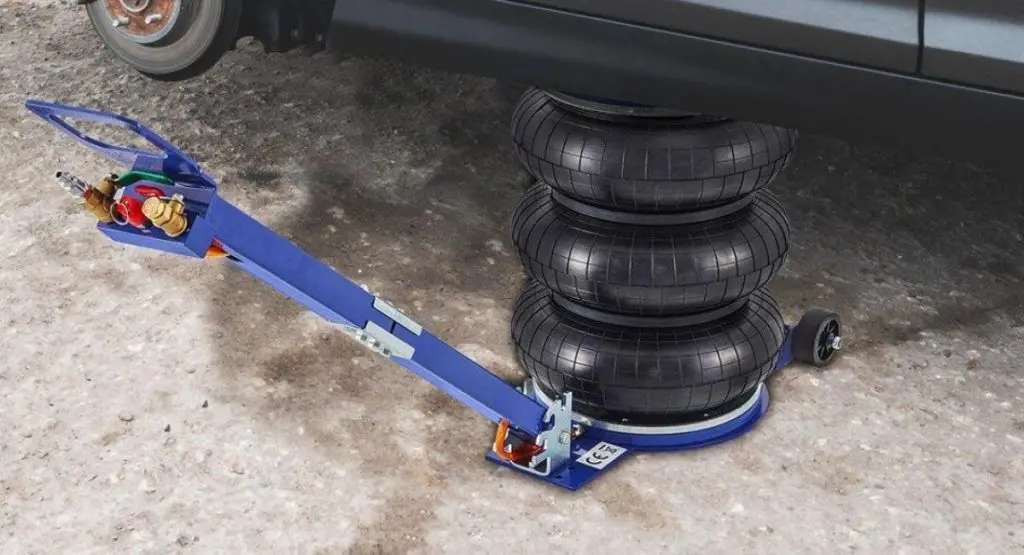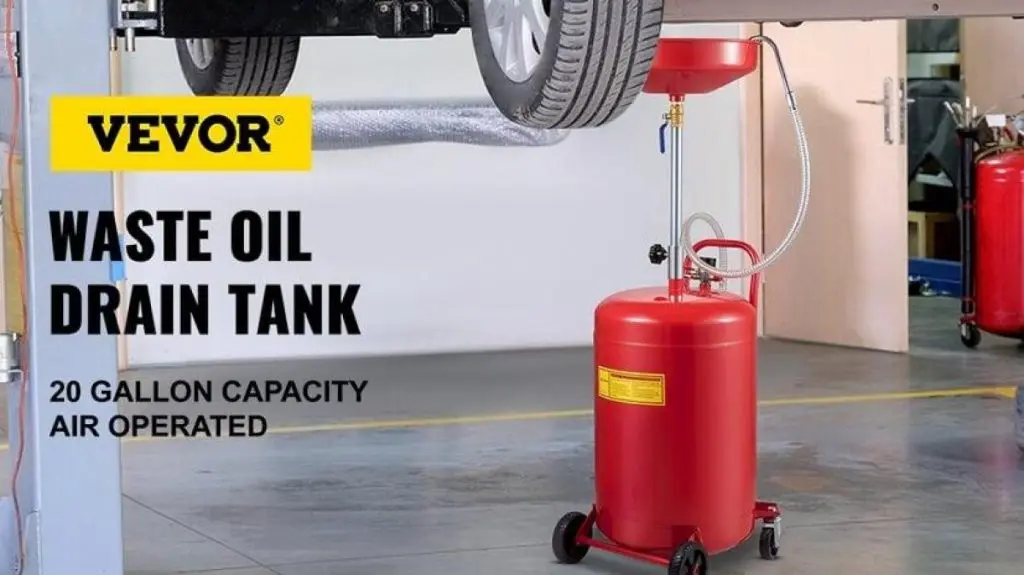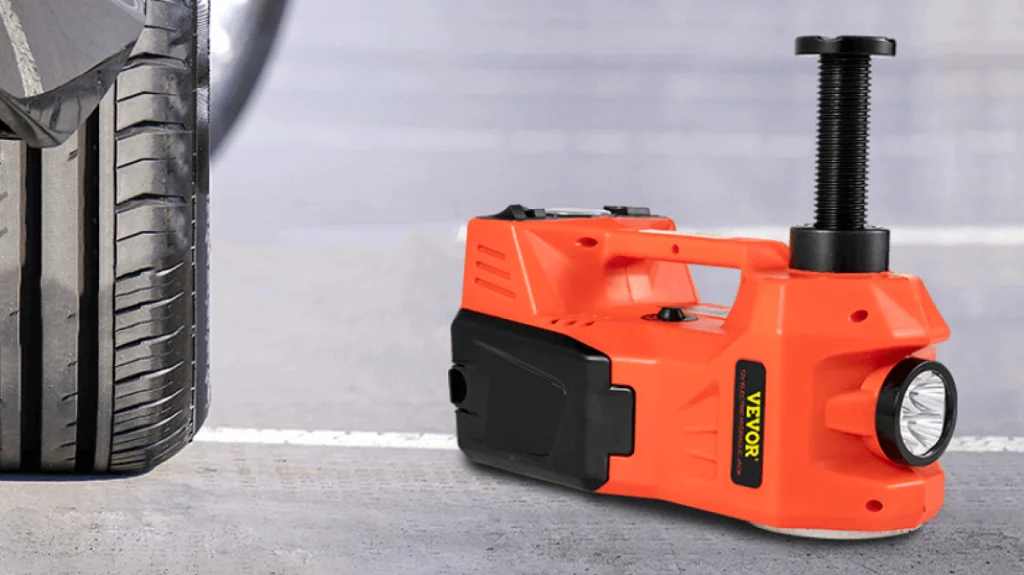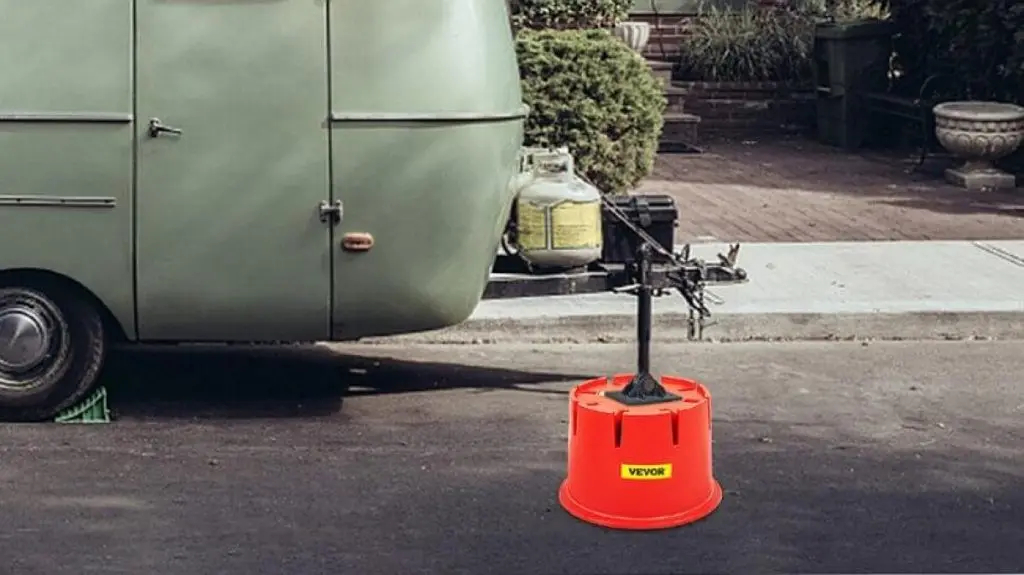Confused by extension cord gauges? Fear not! This guide unlocks the secrets of the gauge chart, empowering you to choose the perfect cord for any job. Get the right power, avoid safety hazards, and discover VEVOR’s quality extension cords – your safe path to electrical confidence.
Choosing the right extension cord isn’t just about length. It’s about safety, efficiency, and powering your devices reliably. That’s where the mysterious gauge comes in. VEVOR, dedicated to quality and informed choices, helps you unravel this code with this comprehensive guide.
Dive into the gauge chart, explore smart selection tips, and unlock the secrets to safe and efficient cord usage. Let’s power up your world with the VEVOR Generator Extension Cord!
Table of contents
Understanding Extension Cord Basics
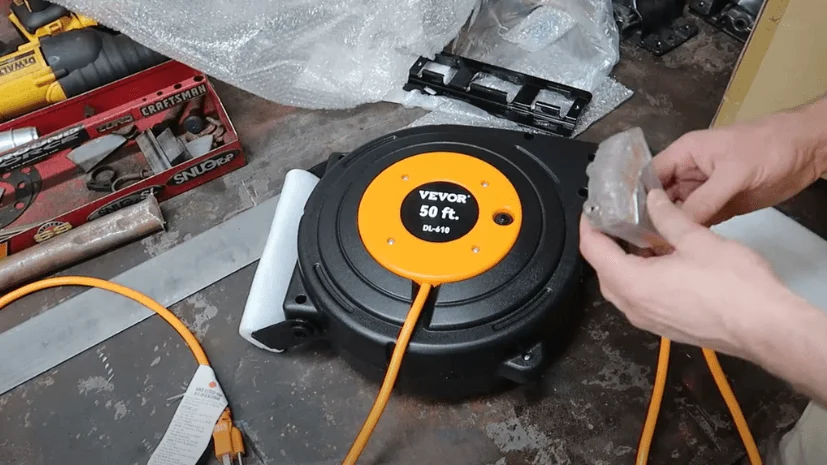
Ever wish that pesky outlet was just a little closer? Enter the extension cord, the unsung hero of electronics! Forget just connecting your device – this nimble cable, woven from shielded copper, unlocks the power you crave. And its secret weapon? Not just reach, but beefy “gauge” that packs a serious punch.
This hidden number unlocks the secret to how much power the cord can handle safely, keeping your devices happy and your home hazard-free.
More current can be carried by thicker wires (lower gauge number) without overheating or voltage drop. On the other hand, the current capacity of thinner wires (higher gauge number) is limited, and overloading them can be dangerous.
Demystifying Gauge
A gauge is a measurement used to determine a wire’s diameter. The wire’s thickness and capacity to carry current increase with decreasing gauge number. The common extension cord gauges and their functions are summarized in the following wire gauge extension cord gauge chart:
| Gauge Number | Amp Rating | Typical Uses |
| 14 | 15 A | Heavy-duty appliances, power tools, space heaters |
| 16 | 13 A | Moderate-duty appliances, lights, electronics |
| 18 | 10 A | Light-duty appliances, phone chargers, laptops |
Deep Dive into Extension Cord Gauge Chart
Feeling lost in the maze of extension cord gauge charts? Relax, we’ve got you covered!
Decoding the Extension Cord Gauge Chart
The extension cords gauge chart is a valuable tool for matching the right cord to your needs. It typically includes information on:
- Wire gauge: The thickness of the wires in the cord.
- Amp rating: The maximum amount of current the cord can safely carry.
- Wattage rating: The maximum power (in watts) the cord can handle.
- Cord length: The available lengths of the cord in that gauge.
Here is an illustration of a simplified gauge extension cord chart:
| Gauge | Amp Rating | Max Watts (120V) | Max Watts (240V) |
| 14 | 15 A | 1800 W | 3600 W |
| 16 | 13 A | 1560 W | 3120 W |
| 18 | 10 A | 1200 W | 2400 W |
This handy extension cord gauge amp chart is your secret weapon to finding the perfect cord! It helps you pick one that delivers the right amount of power to your device, keeping things safe and cool.
Decoding the Extension Cord Mystery: Gauge vs. Length
Think extension cords are confusing? Chill out! Imagine them like garden hoses: the longer the hose, the weaker the water pressure. The same goes for electricity – voltage drops with longer cords, leaving your devices hungry for power.
But fear not! Our hero arrives: wire gauge. Think of it as the cord’s internal muscle. Thicker wires (lower gauge) act like powerlifting champions, handling hefty currents and minimizing voltage drop. They ensure your devices get the full power they crave, no matter the distance.
Now you’re armed to decode the extension cord mystery!
| Amperage | 25 ft | 50 ft | 75 ft | 100 ft |
| 10 A | 18 AWG | 16 AWG | 14 AWG | 12 AWG |
| 15 A | 16 AWG | 14 AWG | 12 AWG | 10 AWG |
Extension Cord Selection Tips
How to Choose the Right Extension Cord for Your Needs
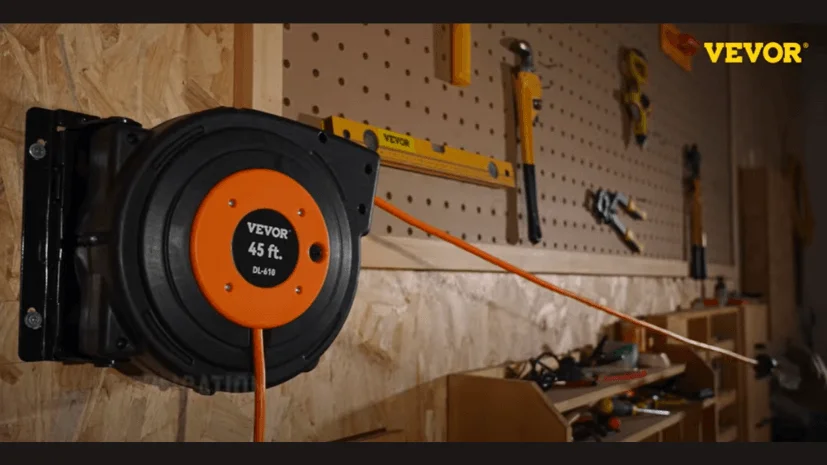
Plug into Power, Not Frustration:
- Amp Up Your Know-How: Check your device’s label for its amperage draw, like checking the fuel gauge before an adventure. Choose a cord with an amp rating equal to or higher – overloading is a party pooper!
- Wattage Wisdom: If your device only shows watts, no worries! Use the formula Watts / Volts = Amps to find its needed power. Now you’re speaking cord fluency!
- Short and Sweet: Choose the shortest cord that comfortably reaches your device. Longer leads to voltage drop, like a weak Wi-Fi signal – frustrating on the road!
- Weather the Storm: Planning an outdoor adventure? Opt for a cord with weatherproof insulation and “outdoor-ready” markings. Mother Nature throws punches, be prepared!
- Share the Power, But Wisely: Multiple outlets are handy, but remember, it’s a shared pool. Make sure the combined amperage of all devices doesn’t exceed the cord’s limit – overloading leads to a power outage, not cool!
Tips for Specific Scenarios
- RV usage: Invest in RV-rated extension cords specifically designed for the harsher electrical demands and outdoor environments of RVs.
- Outdoor events: Choose weatherproof cords with Ground Fault Circuit Interrupter (GFCI) protection to prevent shock hazards in damp conditions.
- Tool operation: Opt for heavy-duty cords with thick gauge wires (12 AWG or lower) to handle the high current draw of power tools safely.
Avoiding Common Mistakes in Extension Cord Selection
- Using an undersized cord: Voltage drops, overheating, and possible fire hazards may result from this.
- Damaging the cord: Avoid kinks, cuts, or punctures in the insulation, which can expose live wires and create safety risks.
- Overloading the cord: Never plug in more devices than the cord’s total amp rating allows, always take a look at the extension cord wire gauge chart.
- Using indoor cords outdoors: Regular extension cords lack the weatherproofing and durability needed for outdoor use. You can check the outdoor extension cord gauge chart for more information.
Safety Comes First!
- Inspect cords regularly: Look for signs of damage like fraying, cracks, or loose connections. Discard any damaged cords immediately.
- Unplug cords when not in use: This reduces the risk of overheating and electrical hazards.
- Avoid overloading: Don’t exceed the cord’s amp rating by plugging in too many devices.
- Use surge protectors: Protect your devices from damage caused by voltage spikes.
- Store cords properly: Coil cords loosely and avoid kinks or sharp bends.
VEVOR is here with an offer you can’t turn down: safety comes first.
Safety is the top priority for VEVOR in all of their products, even extension cords. They employ premium materials, follow tight safety regulations, and provide a range of safety features in their cords, including:
- Durable outer jacket: Protects the inner wires from damage.
- Heavy-duty plugs and connectors: Ensure secure connections and prevent sparking.
- Thermal overload protection: Shuts off the power if the cord overheats.
- GFCI protection (in select models): Provides added protection against shock hazards in damp environments.
FAQs
Q1: What is a Wire Gauge? Is it really that Important?
That’s the magic of wire gauge! It’s like the size of the pipes in your electrical system. Thicker pipes (lower gauge numbers) handle more water (electricity) without getting overloaded, keeping things safe and your devices happy.
Q2: How Do I Choose the Right Gauge for My Extension Cord?
Don’t forget to double-check your cord length and how much juice your device needs! Here’s a quick guide:
- Lightweights (lamps, chargers): 18 AWG (think skinny straw)
- Midweights (fans, TVs): 16 AWG (like a regular straw)
- Heavyweights (power tools, heaters): 14 AWG or thicker (think milkshake straw)
Remember, longer distances mean more resistance, so go for a thicker gauge to avoid any power dips. And for the nitty-gritty details, always check the device instructions!
Q3: Can I Use the VEVOR RV Extension Cord for Other Purposes Besides RVs?
Yes, VEVOR RV extension cords are versatile and can be used for various applications, including:
- Camping and outdoor events
- Construction sites
- Workshops
- Temporary power needs
However, ensure the cord’s amp rating and weatherproofing suitability match your intended use. Never use an RV cord indoors unless it’s specifically labeled for indoor use.
Q4: What Should I Consider Regarding Cord Length and Power Efficiency?
Cord length impacts power efficiency due to voltage drop. As the cord gets longer, its resistance increases, causing a slight voltage drop compared to the outlet voltage. This can affect device performance and reduce efficiency. To minimize voltage drop:
- Choose the shortest cord possible that comfortably reaches your device.
- Use a thicker gauge wire (lower number) for longer distances. Refer to the gauge chart or consult the manufacturer’s recommendations.
- Avoid overloading the cord, as this can further exacerbate voltage drop.
Conclusion
Choosing the right extension cord gauge is no longer a mystery! With this guide and VEVOR’s extensive selection of safe, high-quality cords, you can confidently power your devices, ensuring optimal performance and avoiding safety hazards. Remember:
- Match the gauge to the amperage and length requirements.
- Prioritize safety with features like GFCI and thermal protection.
- Choose VEVOR for reliable and durable extension cords.
Empower yourself with the knowledge to make informed choices. Let VEVOR illuminate your path to safe and efficient electrical power!


